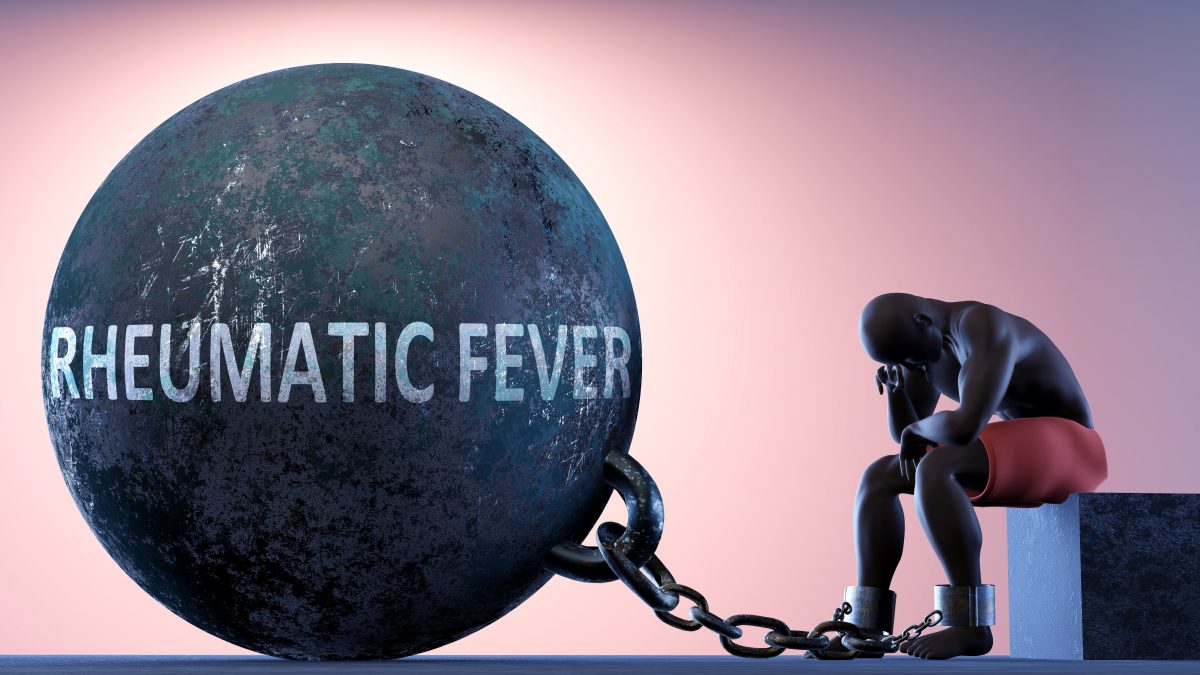Rheumatic fever definition
Rheumatic fever is a condition that sometimes develops when scarlet fever or strep throat are not adequately treated. Both scarlet fever and strep throat are bacterial infections that are caused by group A streptococcus bacteria.
Rheumatic fever can develop in people of any age, but it most commonly occurs in children between the ages of 5 and 15 years old. Strep throat is a common infection, but rheumatic fever rarely occurs in developed countries. However, rheumatic fever is still a common problem in developing countries.
Rheumatic fever is an inflammatory condition that can lead to permanent damage of the heart valves and heart failure. Treatment of the condition aims to decrease inflammation, reduce pain and other symptoms, and prevent the condition from recurring.
Causes of rheumatic fever
Rheumatic fever most often occurs following strep throat, which is a sore throat caused by group A streptococcus, or less often, after scarlet fever. Rarely, rheumatic fever is caused by group A strep infections of other body areas, such as the skin.
Scientists are not sure exactly what links rheumatic fever and strep bacteria. However, it seems as though a protein in the bacteria protein confuses the body’s immune system, causing inflammation in tissues of the joints, central nervous system, skin, and heart.
With the antibiotics currently available to treat and eliminate bacterial infections, there is little chance for a child treated appropriately for strep infection to develop rheumatic fever. However, if a child has scarlet fever or strep throat and is not treated or the infection is not completed eliminated, it can cause rheumatic fever development.
Prevalence
Rheumatic heart disease and acute rheumatic fever are the leading cause of death due to cardiovascular conditions in children five years of age and younger in developing countries, and they affect almost 20 million people in these countries.
In developed countries, probably due to the routine use of antibiotics and improved hygienic standards, the incidence of acute rheumatic fever is much lower. Only 2 to 14 cases occur in every 100,000 people. Much of the time, when cases occur, they happen as part of local outbreaks. For example, in the mid-1900s epidemics, untreated acute strep sore throats were complicated by rheumatic fever as often as in 3% of cases. When cases are endemic, the incidence is much less.
Rheumatic fever risks
The risk for rheumatic fever may be increased by factors such as:
- The type of bacteria: Specific strains of strep typically are more likely to cause rheumatic fever than others.
- Family history: There is a genetic factor that places some people at an increased risk of rheumatic fever development.
- Environmental factors: Rheumatic fever is associated with poor sanitary conditions, overcrowding, and other living conditions that more easily result in the rapid transmission of the strep bacteria.
Click Here to read about Symptoms.
















Leave a Reply
You must be logged in to post a comment.